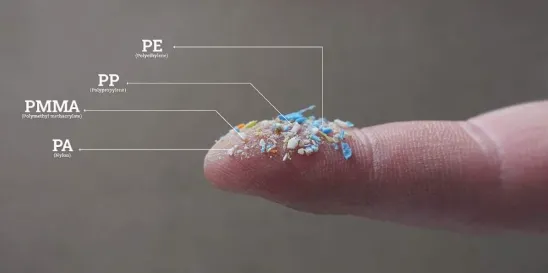Companies operating in the food and beverage industry are dealing with PFAS-related issues on a daily basis. So far, twelve states have passed legislation regulating PFAS, and each of those twelve states explicitly targets the food industry.1 On the federal level, the Environmental Protection Agency issued a final rule restricting the use of certain long-chain PFAS in food packaging. The same is true in PFAS litigation—the plaintiffs’ bar has asserted PFAS-based fraud and misrepresentation claims against a number of food and beverage manufacturers and packagers.
This is the tip of the iceberg when it comes to PFAS liability as litigation and regulations are just starting to gain momentum. More is certainly to come. As companies brace for the true impact of PFAS on their bottom lines, what can they do today to mitigate risk tomorrow?
Evaluating Your Insurance Policies: Past, Present, and Future
Obviously, companies should review and comply with existing PFAS regulations and keep a close eye on draft and proposed rules as well as pending legislation. But beyond that, now is a great time for food and beverage companies to evaluate their insurance policies. Commercial general liability (CGL) policies often cover regulatory and third-party private actions, including bodily injury and property damage claims. Companies should work with their insurance brokers and, as appropriate, their outside counsel to assess whether fraud and misrepresentation claims (which are appearing with increasing frequency in plaintiff suits) will fall outside the scope of their policies. Also, since the 1980s, many CGL policies include an absolute exclusion for pollution. Such an exclusion could be determinative of whether any PFAS-related claims will be covered by insurance, though analysis of the language of the policy and of the few cases to date to interpret insurance coverage for PFAS matters will be helpful. While CGL policies may not provide coverage for these types of claims, it is also worth evaluating whether directors and officers (D&O) or errors and omissions (E&O) insurance policies may provide any coverage related to these potential claims.
Remember to review past insurance policies, too. That is because for many policies, the accrual of a claim—when the injury or damage occurred—typically dictates which insurance policy applies to a particular claim. PFAS compounds have been used since the 1940s, and it is likely that a claim filed tomorrow may relate back to occurrences from decades ago. Now would be a good time to contact your insurance broker – or locate past brokers – to collect historic insurance policies dating as far as back as the 1940s (where applicable).
PFAS coverage should be front of mind when assessing your companies’ next policy strategy as well. While some claims may have accrued decades ago, others—like food packaging claims—are more likely to accrue in the present or future. PFAS coverage deserves significant consideration during renewal negotiations and should be evaluated not only in terms of a potential pollution exclusion, but also in terms of the accrual date of claims as well as the spectrum of claims that could be asserted. These questions may counsel soliciting other insurance coverage, depending on your company’s anticipated PFAS risk exposure.
1 See, e.g., NY SS 8817 (banning the distribution and sale of food packaging containing intentionally added PFAS); see also CA AB-1200 (prohibiting the distribution, sale, or offering of any food packaging that contains PFAS either intentionally added or at or above 100 ppm).




 />i
/>i

